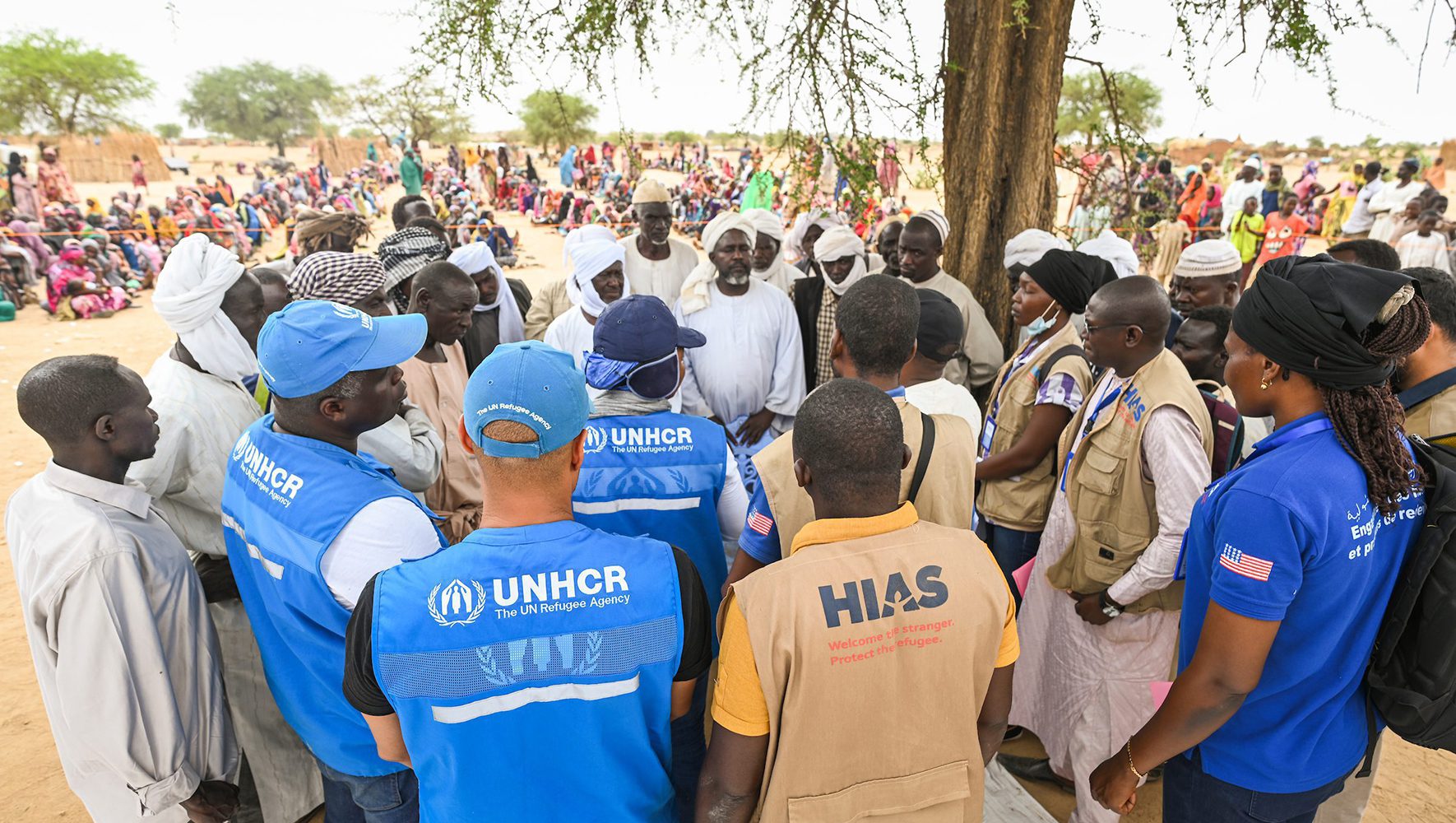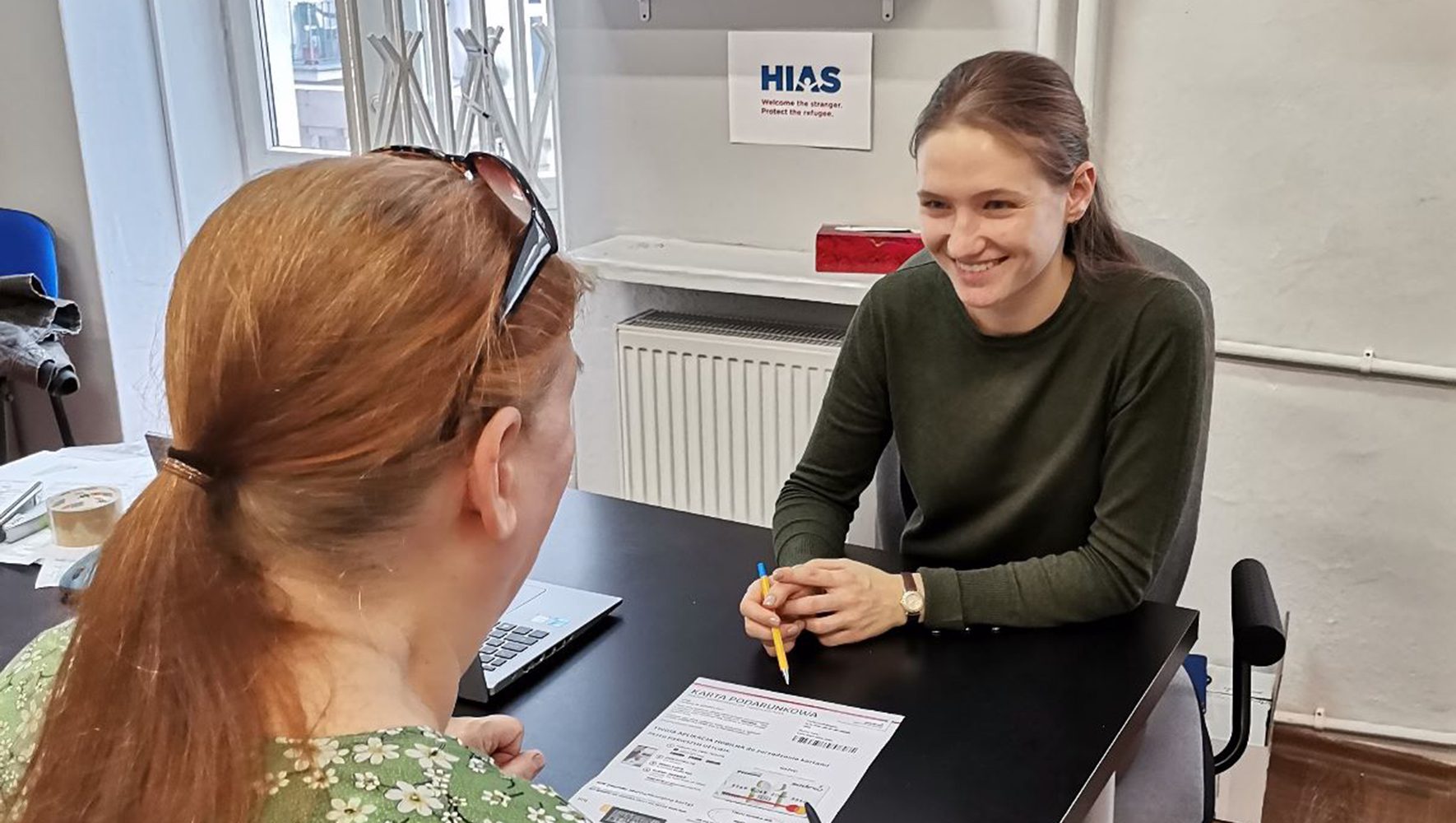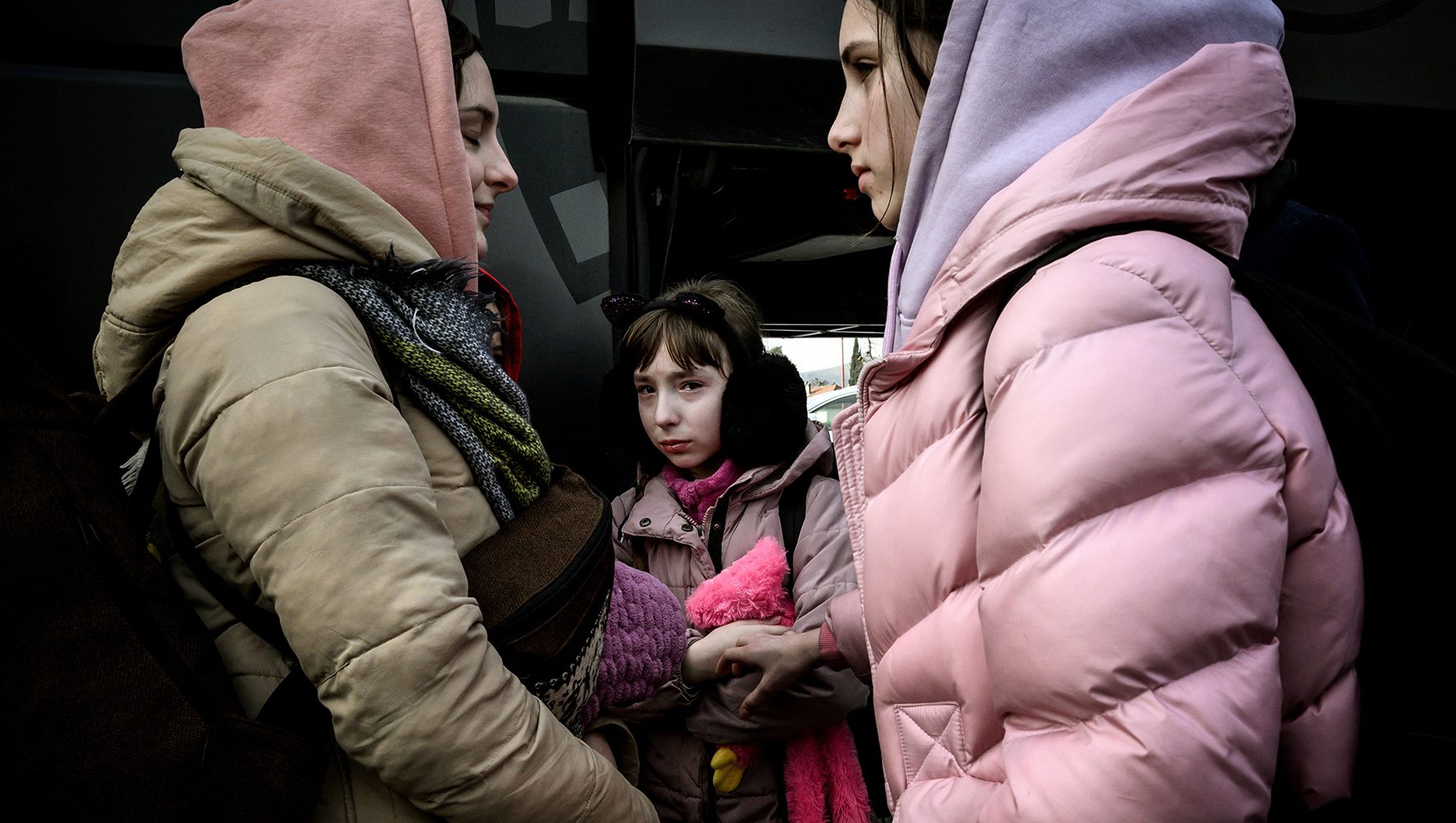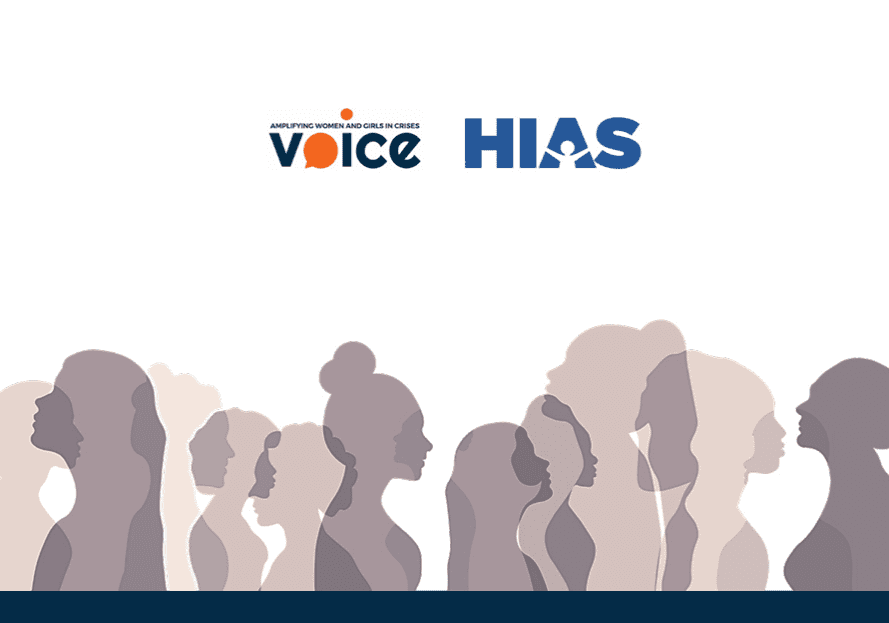HIAS Will Work in Ukraine and Region for Years to Come
By Sharon Samber, HIAS.org
May 05, 2022
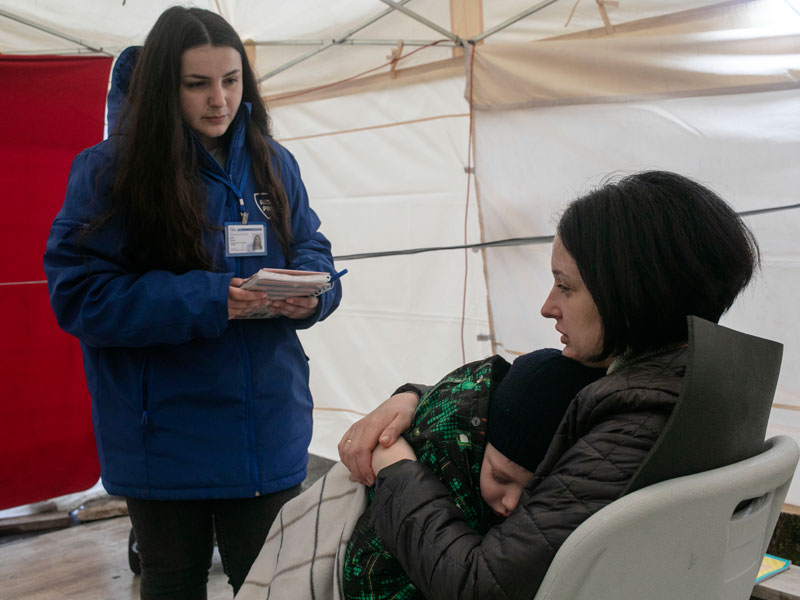
Right to Protection monitor Irina Geto offers information and legal consultations to refugees from Ukraine at the Shegini-Meolica border crossing on the Ukraine-Poland border, March 31, 2022.
(AG for HIAS)
Raphael Marcus, HIAS’ senior vice president of programs, recently returned from a trip to Ukraine and Poland. He shared some impressions of his visit with HIAS.org’s Sharon Samber.
HIAS.org: What is HIAS doing now in Ukraine?
Marcus: We are doing a lot! We are helping our partner organization, Right to Protection (R2P), with operational support and technical assistance. R2P has practically doubled its staff since the beginning of the war, from 162 to more than 300, and we must make sure they have what they need. Many R2P staff members are displaced themselves now, and because rental prices are skyrocketing in places that are safe, we are providing accomodations for some staff. We actually started working with R2P in November drafting evacuation plans and ensuring that we could help fund their work in the event of a war. We have very strong technical expertise, especially with gender-based violence and mental health services, and we have a role to play here. We are also working with other local civil society groups and coordinating with international organizations, and we could provide direct programming. It’s a delicate balance, trying to find where we add most value.
Did you meet with any refugees or internally displaced people (IDPs) that HIAS and R2P are helping? What can you tell us about them?
Yes, I met with IDPs in shelters in Lviv and also with refugees in Poland. We are dealing with individuals but what unites them all is the hope to return home. They have been uprooted and need help, whether it’s getting food or information or some other support. Many of them have experienced a tough journey after very traumatic experiences. We need to take this into account, as we help them to remain safe and able to care for themselves and their families.
How is the situation in Ukraine different from other crises that HIAS has responded to?
No emergency is alike. This crisis has a lot of media attention and there has been a great outpouring of support. It’s happening in Europe, so the logistics might be easier (than in more remote areas) but things are highly politicized and certain areas still remain inaccessible for humanitarian aid organizations. In some places we have a mixture of people in need that include IDPs and returnees at the same time. This requires us to be highly flexible and take a nimble approach to respond to the various needs inside the country.
What has HIAS learned from this crisis?
While it is not new for HIAS to work in conflict areas, we are working in an environment which is very unpredictable and involves a lot of moving parts. It’s hard to plan a response and position staff, so it has been a big learning curve for us. Moreover, we are always learning more about supporting locally led agencies and how it can enhance the response for us as an agency and the humanitarian community at large. The biggest lesson so far has been that being prepared is key to success. The fact that we had prepared for the evacuations already in 2021 and organized an emergency response management team in January has helped us to pivot quickly even as we found ourselves in a new situation.
What is something that people might not realize about the situation?
We are, of course, helping with the 5.5 million refugees, but there are more than 7 million IDPs inside Ukraine. Many of the people who fled Kyiv are now back in Kyiv. There is a lot of displacement, and we have to engage with refugees returning and IDPs trying to get services, all in the same place. IDPs are at the mercy of the fighting parties to allow humanitarian access and safe passage, and currently rely on a few brave Ukrainian organizations and the UN to protect them. This is where the crisis is biggest — in terms of needs and in terms of the challenges to meet the needs — and where there is the most danger.
What is HIAS’ Ukraine plan for the future?
We need to make sure we help keep R2P and other locally led organizations operational. We are planning to be providing help in Ukraine and the region for the next 2-3 years. We plan to be in Ukraine and Poland, and also possibly in Moldova and Romania, after a number of NGOs are likely to have left. We must focus on internal displacement and give far more attention to those in the contested areas in the East, and increase our support there. Our focus areas will include addressing gender-based violence and the need for mental health services, as well as providing legal services and cash assistance. We need to make aid more accessible and more efficient, and we can make that happen by being more holistic and bringing more of the local organizations to the coordination and decision-making table.


